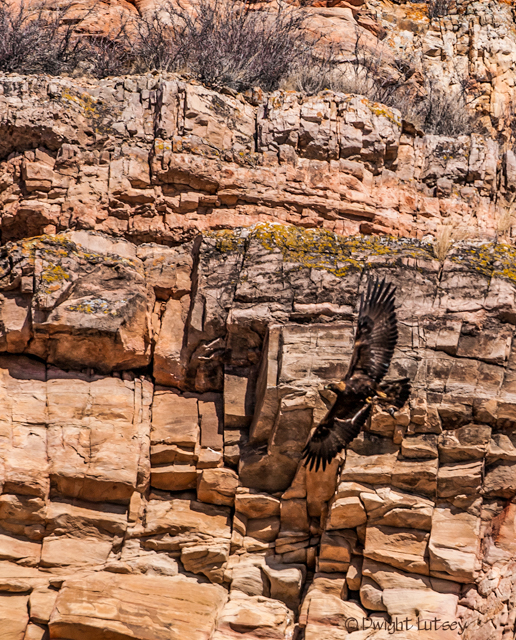
It’s Spring and time for Spring housekeeping. After a long winter with the nest exposed to the elements there are plenty of things that need looking after. For us it means throwing out all the empty Heineken bottles and those pizza boxes from behind the couch that have accumulated over the Winter. For Golden Eagles it’s time to inspect the nest, perform a D & C (dusting and cleaning) and bring in new sticks to make the nest even snazzier than it was.
Here the male is bringing in a fresh stick that will just fit over the lintel and that will allow him to cross that little item off his To Do list. There’s lots more to be done and both of the pair work together to get things spic and span before the chicks arrive.
Speaking of chicks, it’s close to that egg laying time and the eagles have been taking the time necessary to make sure that happens. That doesn’t just occur on its own. You’ve all had the birds and bees talk and it takes plenty of one on one time to ensure there are lots of eggs in the nest. You need a bunch of eggs because eagle raising is hazardous to the young eagles health. To get a couple of eaglets all the way to fledging is dicey, you need to start with several more than you need. Dark things happen in the nest and fowl play can often occur . Those are stories best left to another time.
Lets move on to cheerier subjects. From now on these Golden eagle parents will be spending their time decimating the rabbit population to feed those growing eaglets and handling the daily chores that arise. Cleaning the nest, removing carcasses, bringing in fresh sage and soft grasses to line the nest, all the usual eagle raising stuff. Young eagles have it pretty easy at this time of their lives, not speaking to the occasional fratricide that occurs. Their job is staying more towards the top of the nest, not to be in the bottom of the pile, growing feathers, trying their new sharp beak out on their brother, watching for the parents bring in rabbits, tussling to see who is most likely to be pushed from the nest, etc. It’s Spring time in the Rockies. We’re ready, are you.

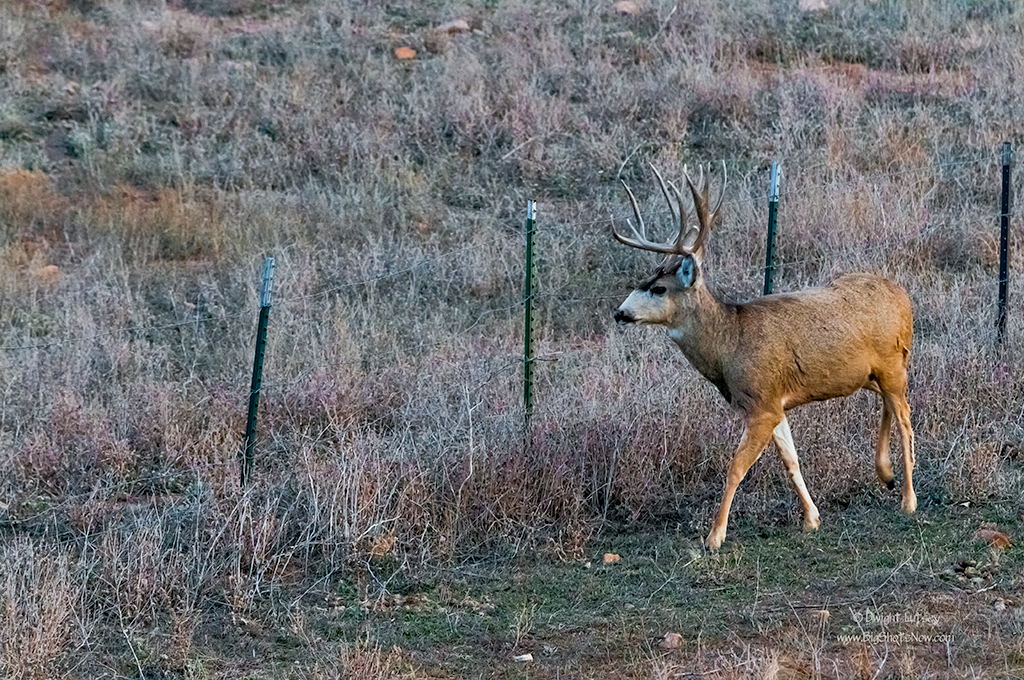
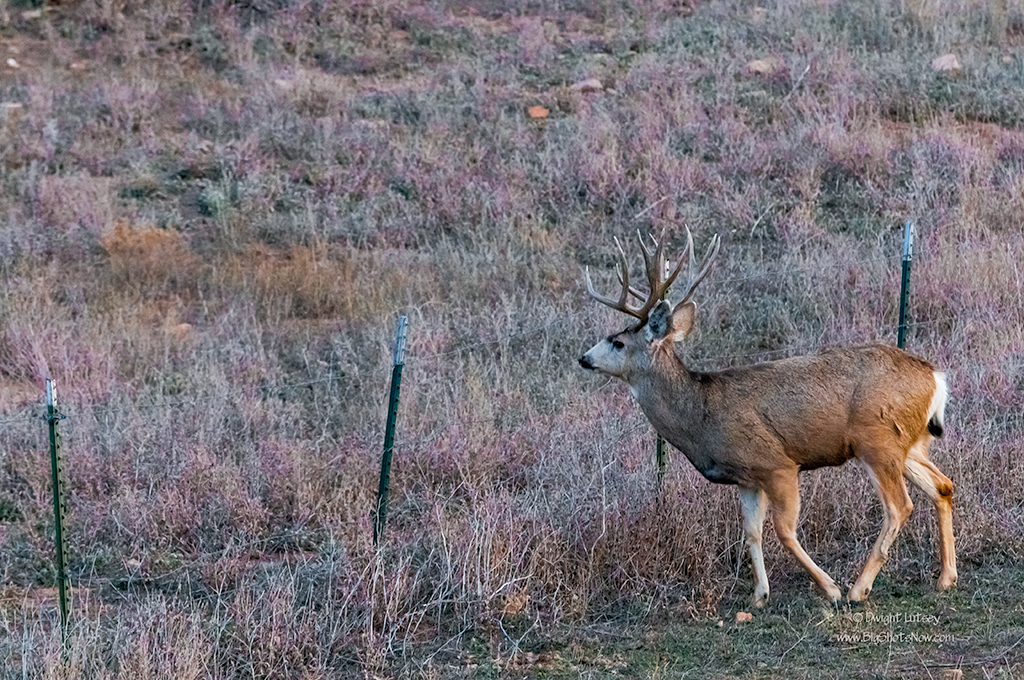
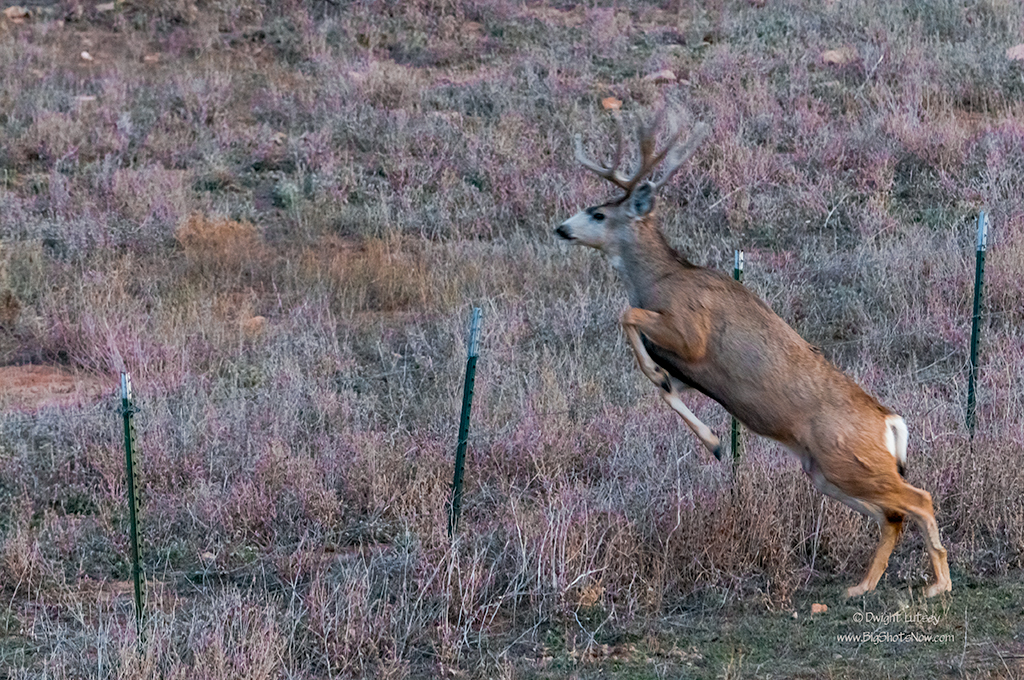
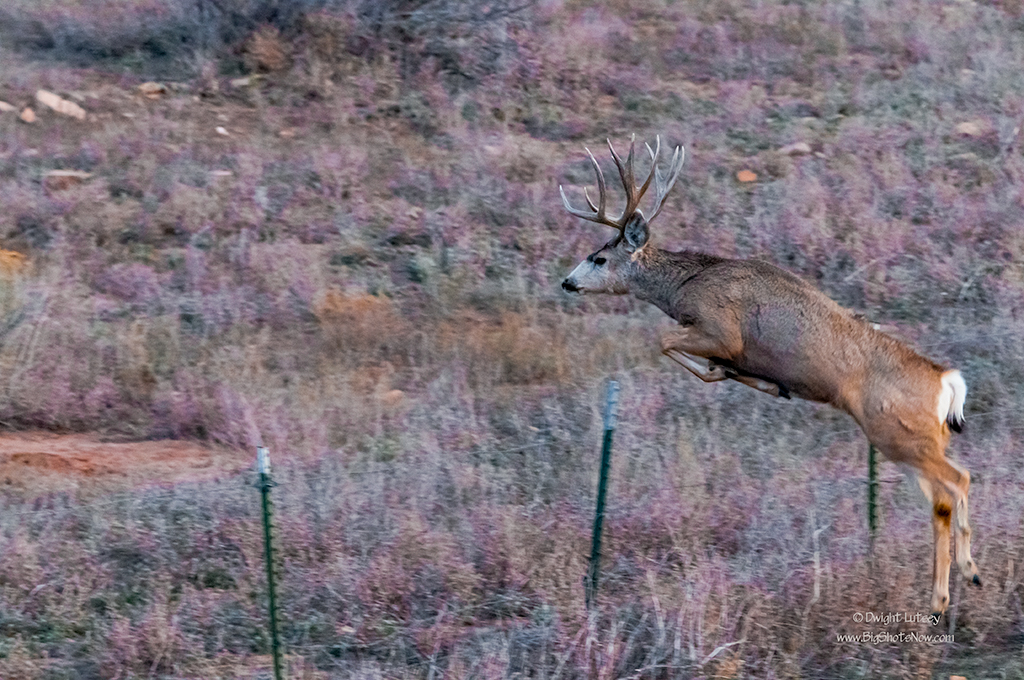

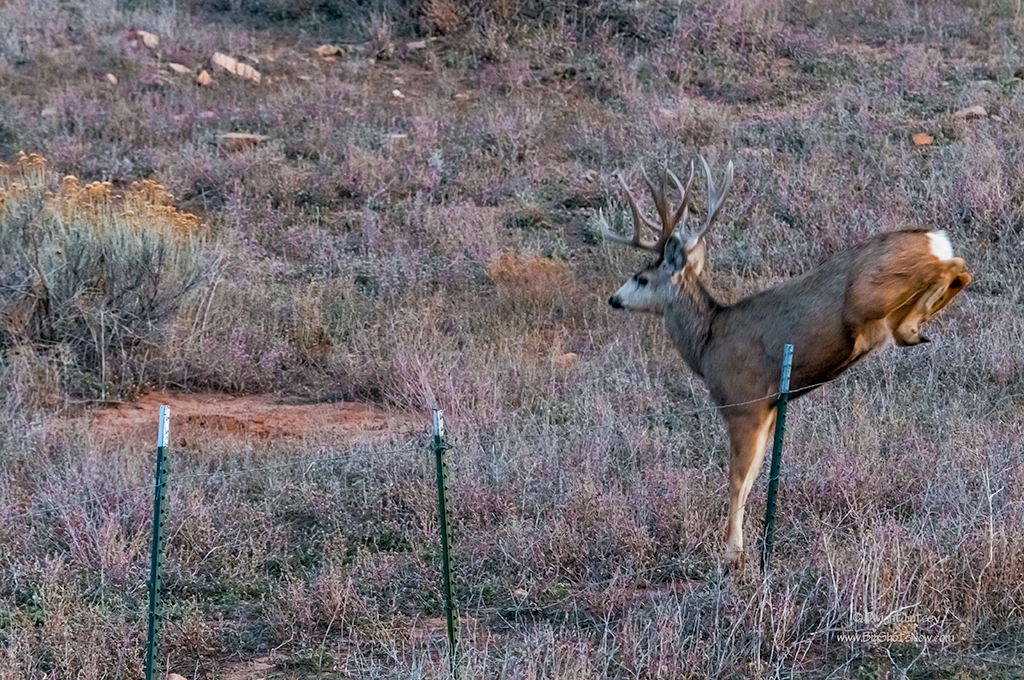
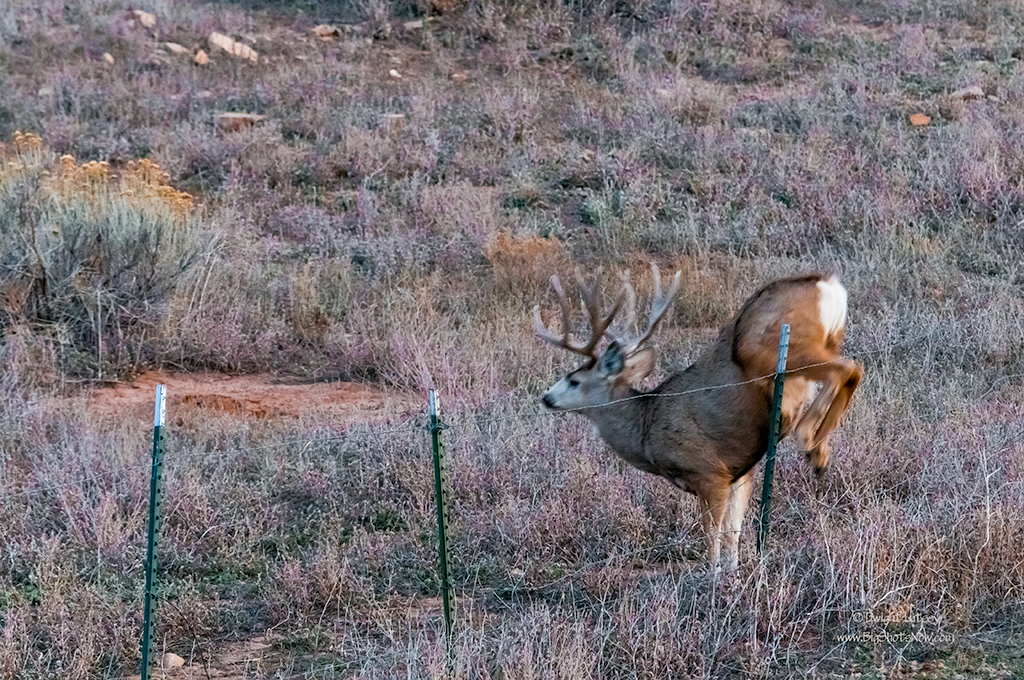
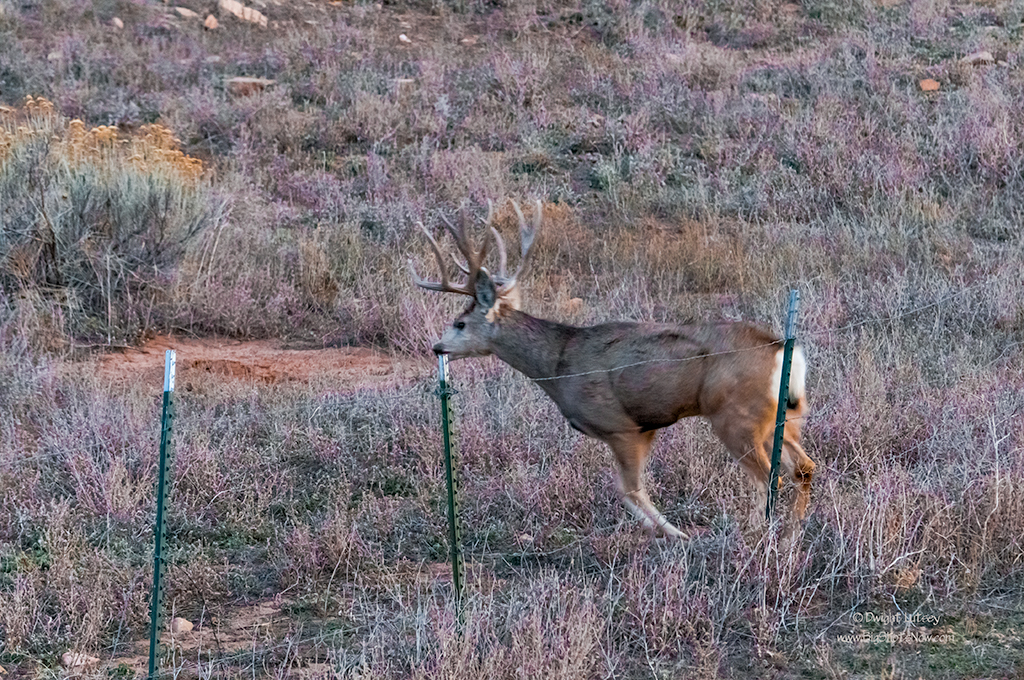

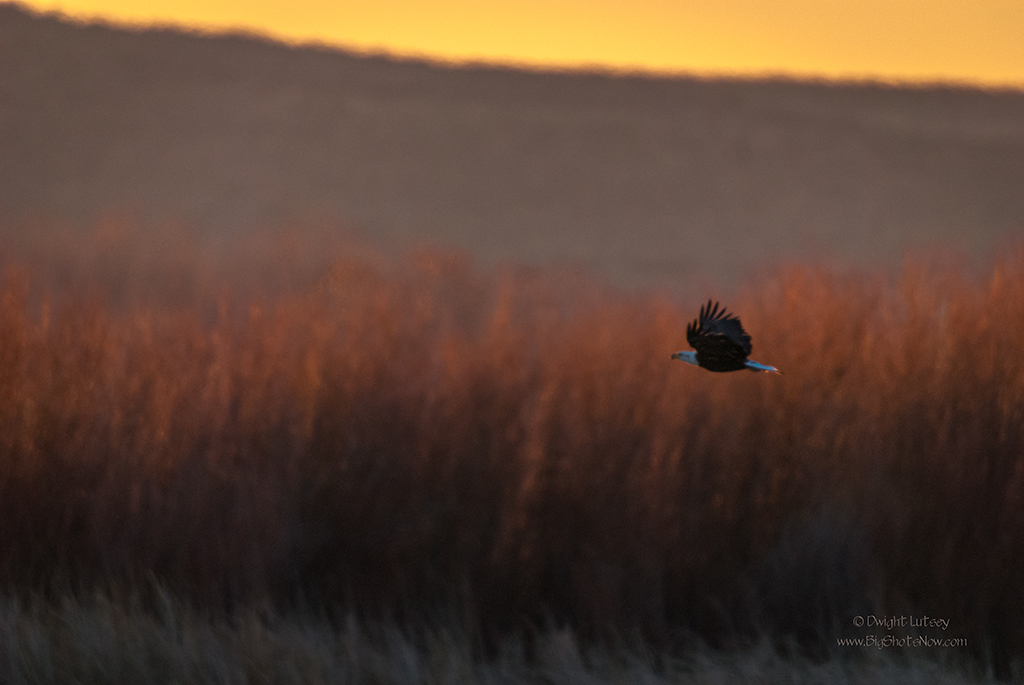
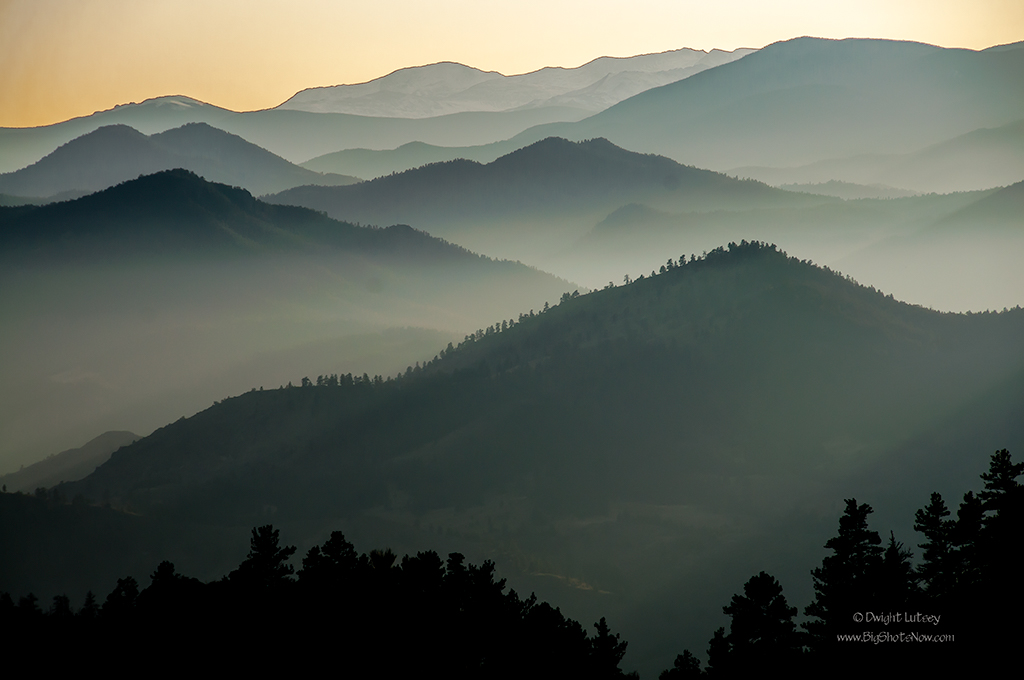
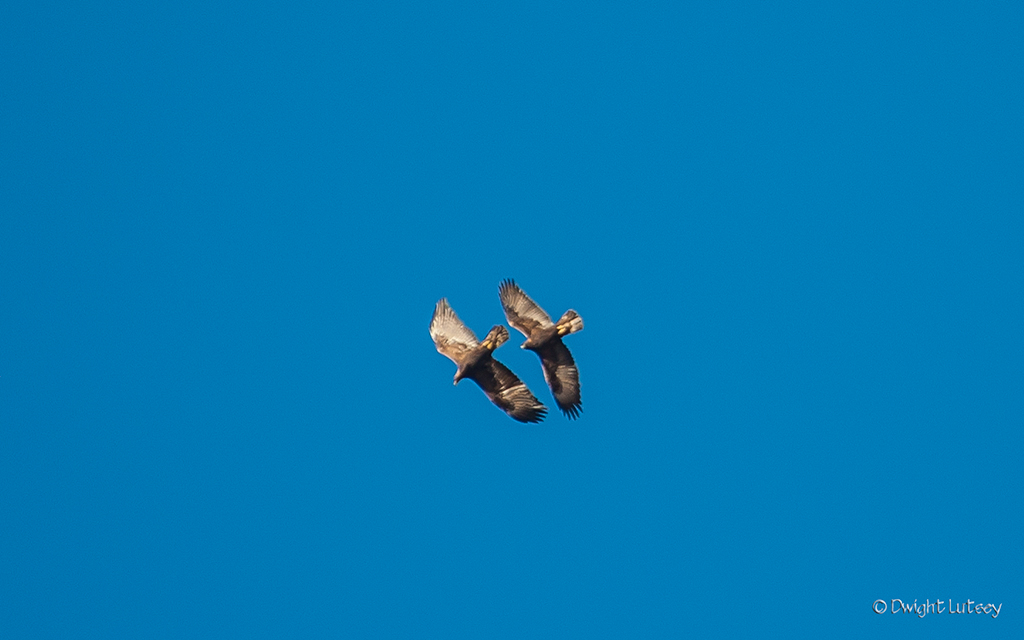
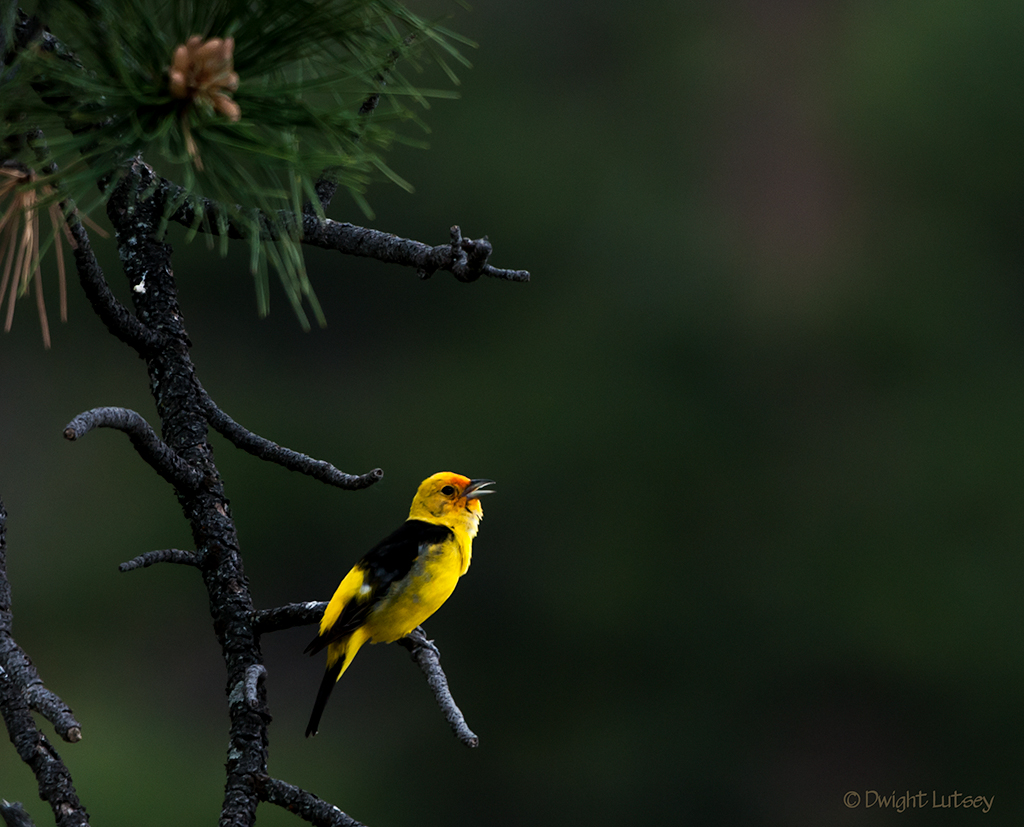
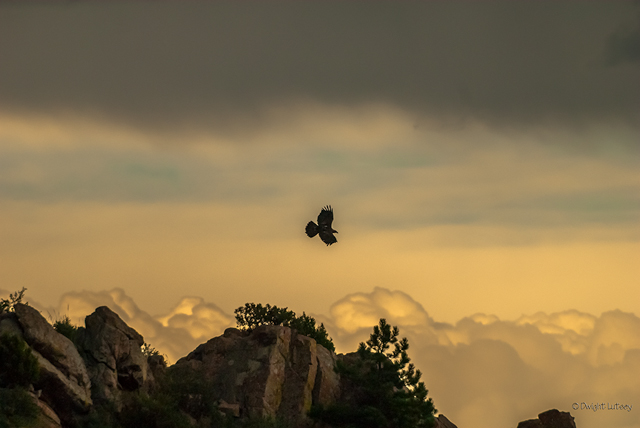
You must be logged in to post a comment.